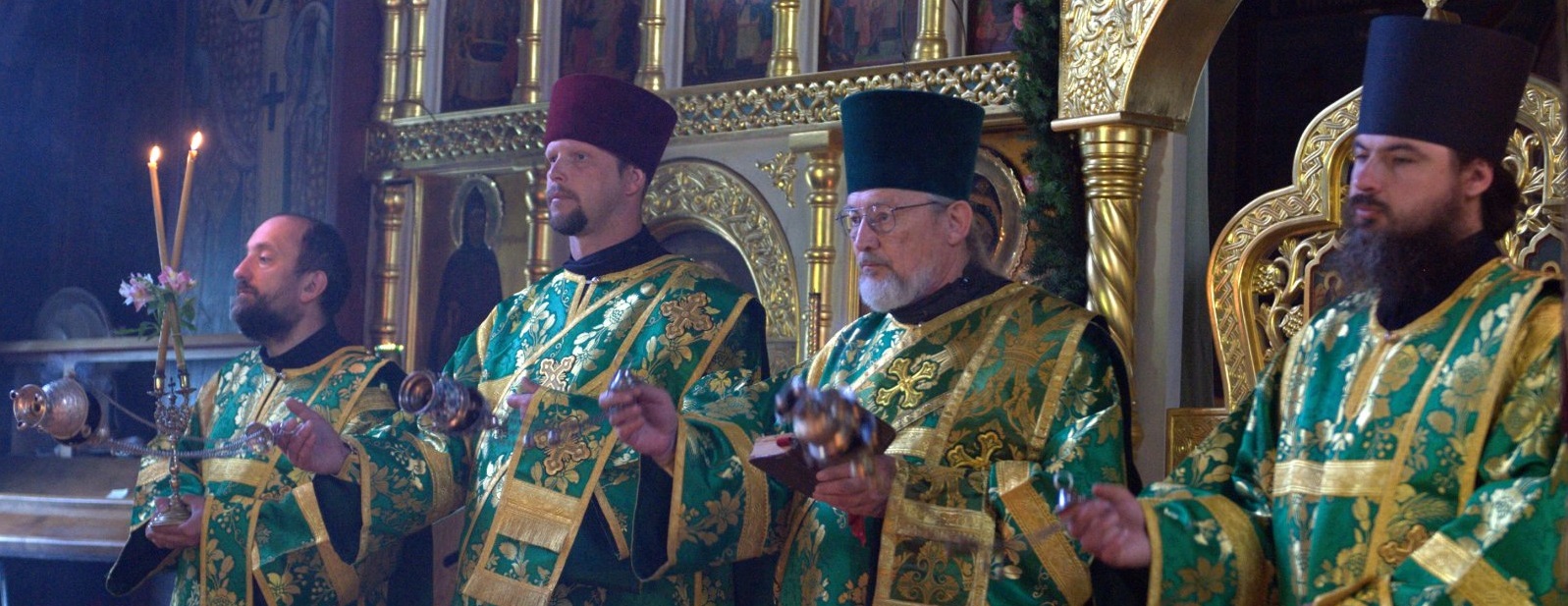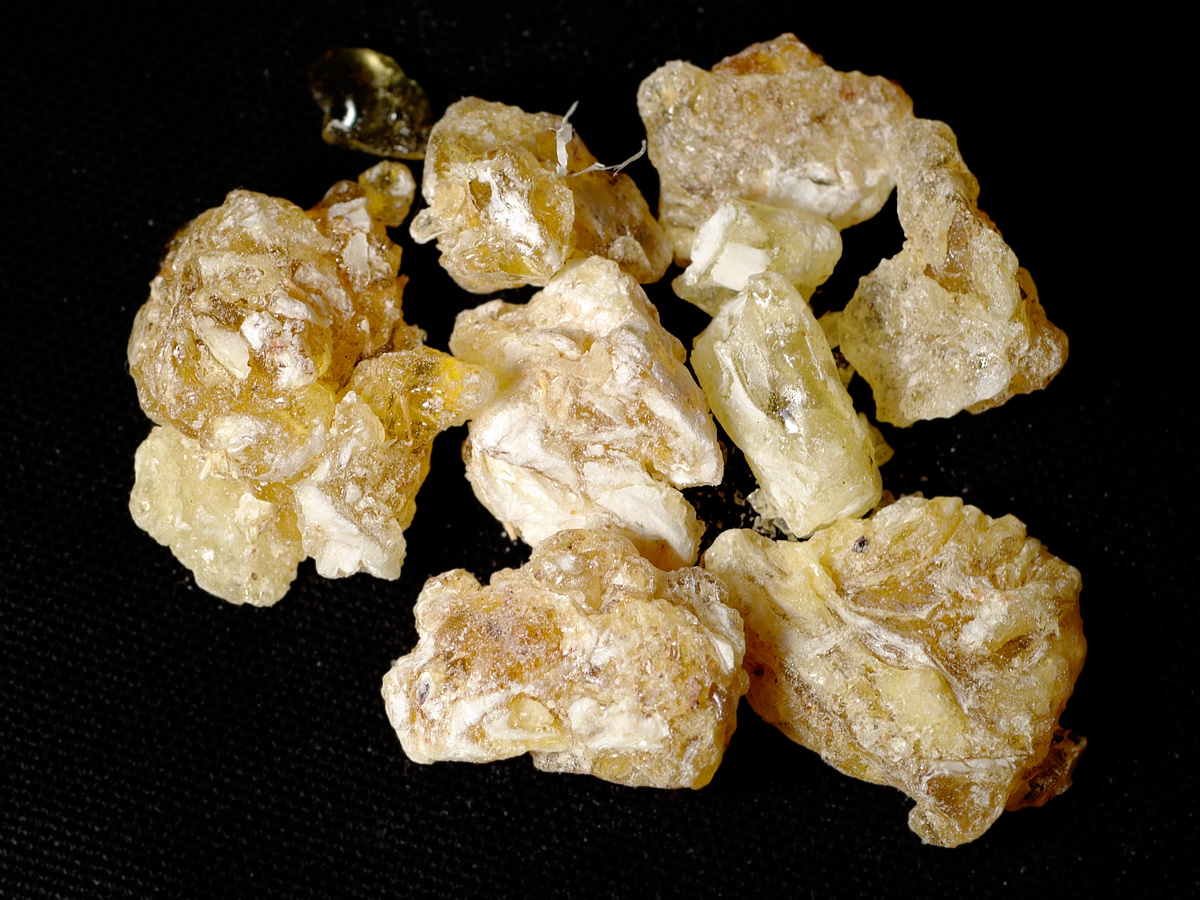 Loading... Please wait...
Loading... Please wait...- Home
- Bookstore Blog
- incense
Bookstore Blog - incense
The History and Meaning of Incense
Posted by John Martin on 9th Jul 2015
For from the rising of the sun even unto the going down of the same My name shall be great among the Gentiles; and in every place incense shall be offered unto My name, and a pure offering: for My name shall be great among the heathen, saith the Lord of hosts.” (Malachi 1:11)

The liturgical services of the Holy Orthodox Church engage body as well as soul. We see and touch the icons, hear the beautiful chanting, and, in partaking of the Holy Eucharist, we "taste and see that the Lord is good" (Psalm 33:8 LXX). Among these impressions, one of the strongest is that of the fragrant smoke of incense.
The burning of incense, i.e. of plant resin and other materials in order to produce pleasant fragrances, is a universal practice. Incense was widespread in the ancient world; archaeologists have determined that there was an extensive trade in frankincense as far back as 3000 BC. One of the characters of the Mesopotamian Epic of Gilgamesh (ca. 2100 BC) burns incense in order to appease a god, and the Chinese began using incense for religious purposes around the same time.

The Old Testament records that God commanded the Hebrews to burn incense to Him, and to not offer "strange incense" characteristic of the pagan peoples surrounding them (Exodus 30:9). Rather, the incense was to be of a specific mix of certain ingredients (Exodus 30:34). Incense was burnt along with animal sacrifices, as well as on its own on a special altar, where it was offered twice a day (Exodus 30:7)
In the New Testament, we have several references to incense, particularly in the Book of Revelation, in which angels hold golden bowls of incense, the smoke of which rises along with the prayers of the saints (Revelation 8:4).
Despite this reference to incense, and the aforementioned prophecy of Malachi that the Gentiles would offer incense to the Lord, incense was not used in the early church in liturgical services, and was in fact associated with pagan sacrifices. The martyrs would not even burn one grain of incense to Caesar, and instead chose to become living offerings to Christ. After St. Constantine the Great legalized Christianity in the 4th century, and the Church became a part of mainstream society, incense lost its association with pagan worship and started to become used in church services.
According to the Holy Fathers, incense represents the grace of the Holy Spirit. Just as the Holy Spirit is “everywhere present and fillest all things,” the smoke of the censer fills the church with its fragrance. The architect Andrew Gould also notes that the smoke causes the light shining into the church to appear solid, and “as blinding sunbeams radiate out from the Pantocrator above, and the air itself glows opaque and gold, the entire temple is painted in light as icon of Christ transfigured on Mt. Tabor.”
This is the first in a series of posts on the liturgical use of incense in the Orthodox Church. The next post will go into detail about how traditional Orthodox (Athonite) incense is prepared, as well as how you can use incense in your home for personal prayer. In the meantime, please take a look at our offerings on our webstore. We offer three brands of incense: our own monastery incense, incense made by St. Elizabeth Skete (just down the road from us), and incense from Novospassky Monastery in Russia.
